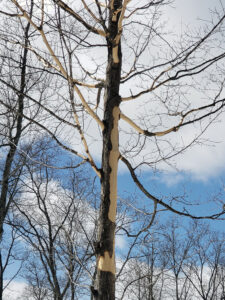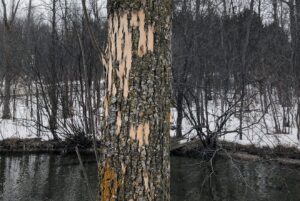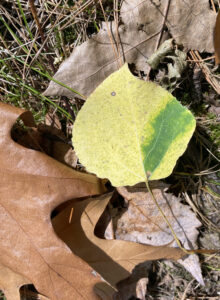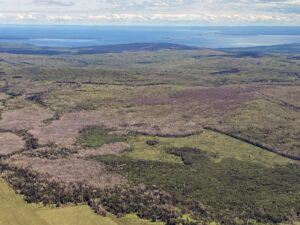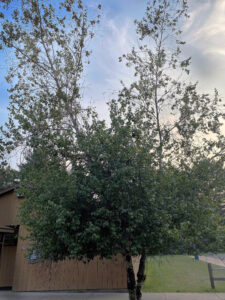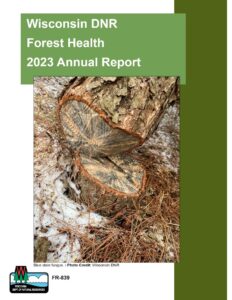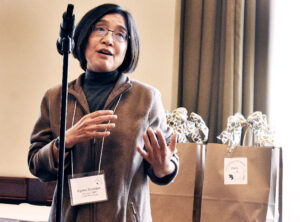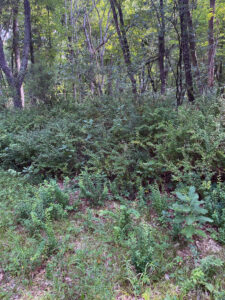By Erika Segerson-Mueller, DNR Invasive Plant Program Specialist, Oshkosh Service Center;
erika.segersonmueller@wisconsin.gov or 715-492-0391
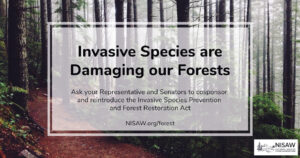
One focus for policy development during NISAW 2024 is forest health and invasive plants. NAISMA has created an easy way to contact your elected officials to let them know you support the Invasive Species Prevention and Forest Restoration Act. / Image Credit: NAISMA.org
While February in Wisconsin may bring to mind snow-covered ground and little new plant growth, it’s quite a big month for action in the invasive species world. The last week of February brings National Invasive Species Awareness Week (NISAW), an international event that focuses on legislation, policies and funding for the prevention and management of invasive species.
Continue reading “Invasive Species Find The Spotlight In February”

